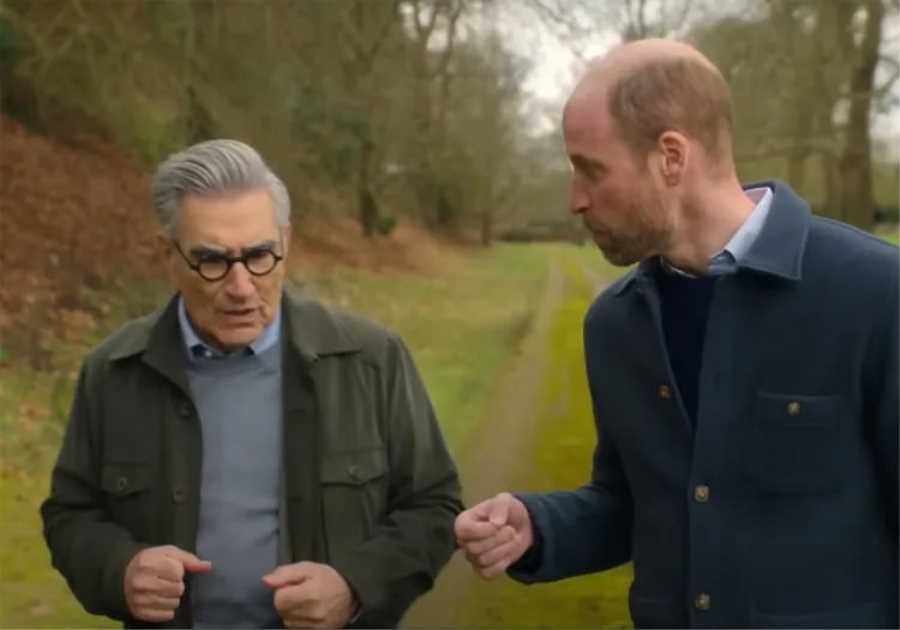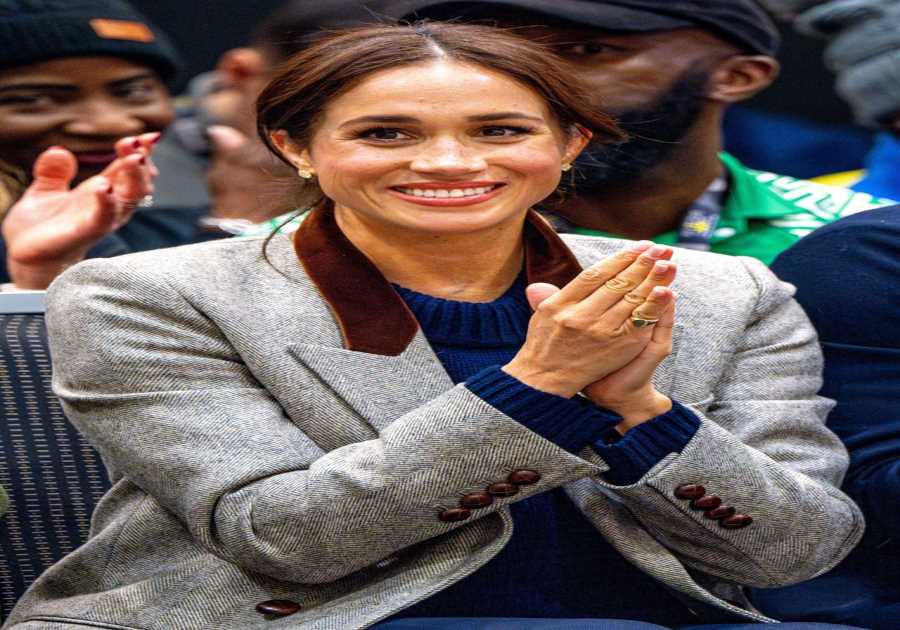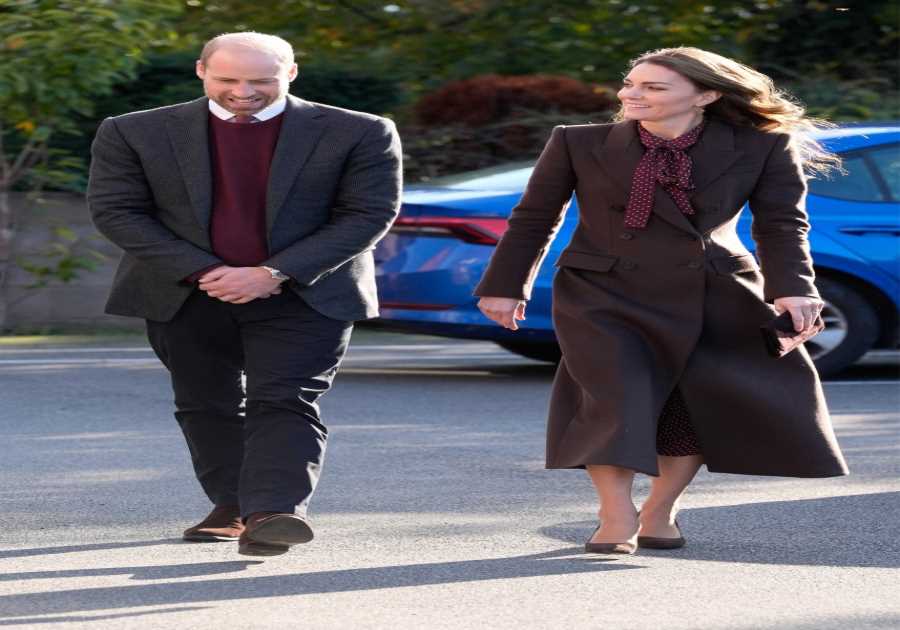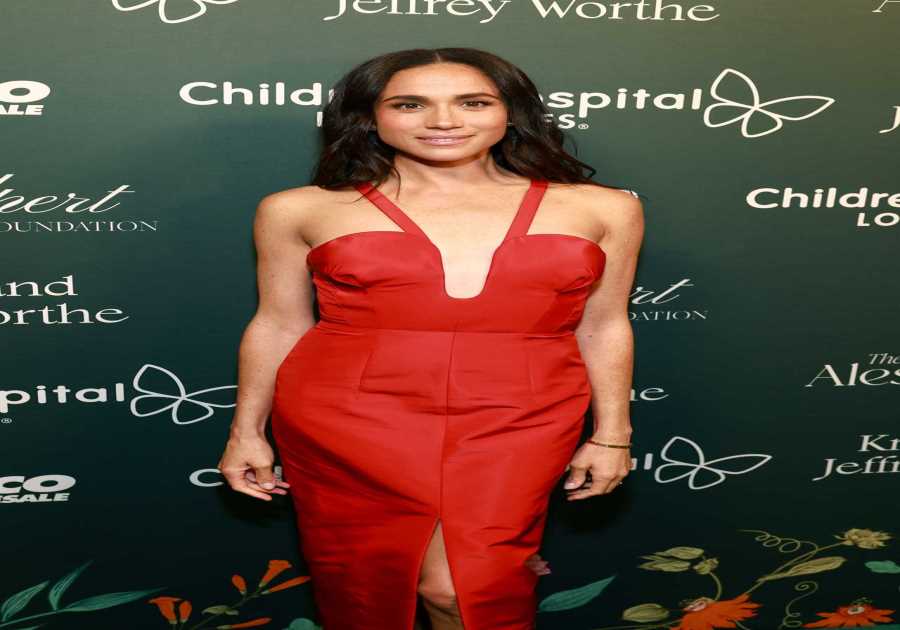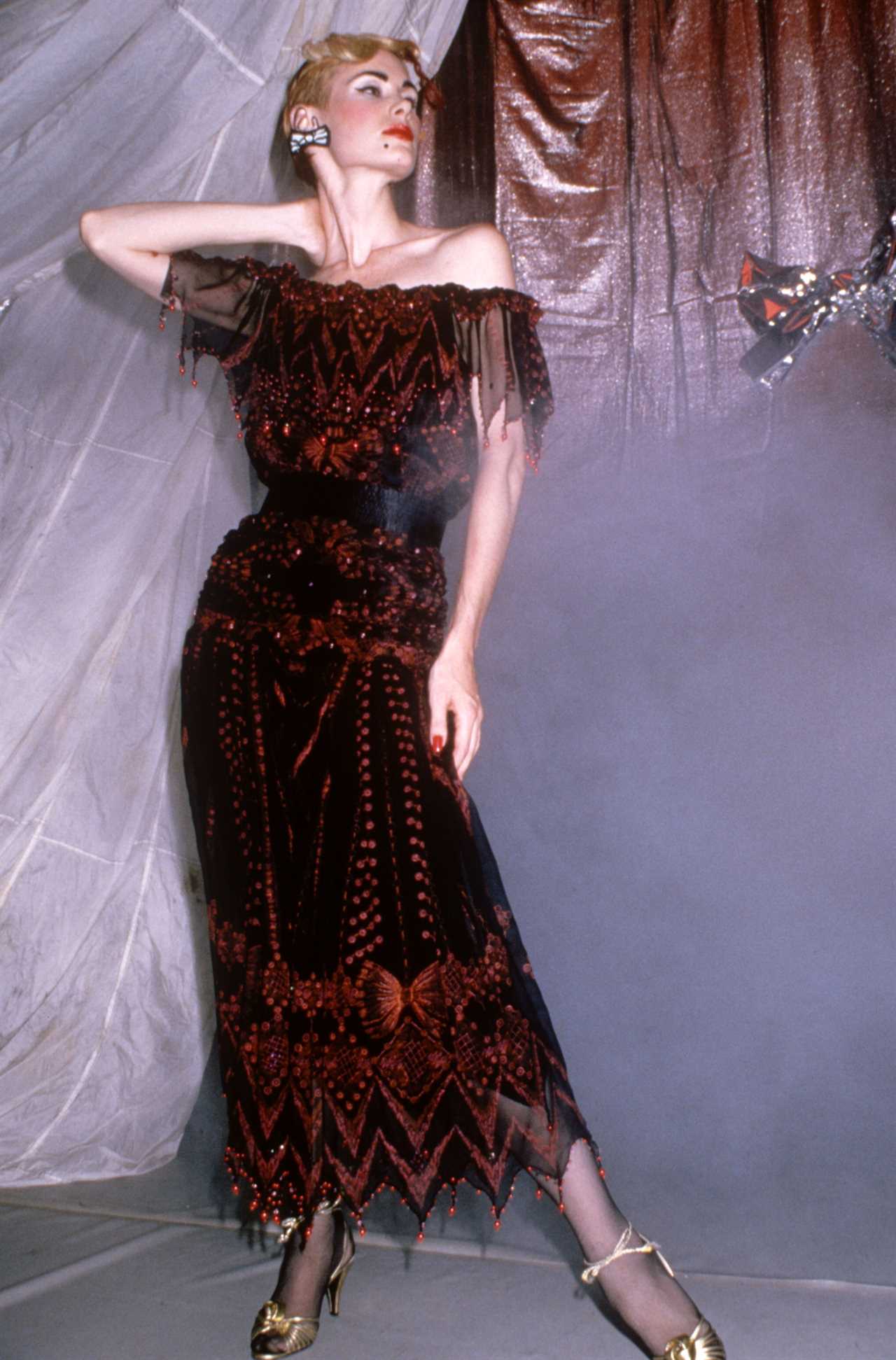
The Glitz and Glamour of London Fashion Week
London Fashion Week is the hottest ticket in the fashion world, attracting celebrities, supermodels, and influencers all vying for a spot on the coveted "Frow" or front row. But this annual event, celebrating its 40th birthday this year, is about more than just designer shows and A-list parties. It has shaped our lives and led the way in British culture since its modest beginnings in a Kensington car park in 1984.
A Fashion Week with Controversy
London Fashion Week has never been short of controversy. From designers throwing dead fish into the crowd to models parading down the runway naked, this event has seen it all. It sparked debates over "heroin chic" and witnessed infamous moments like Naomi Campbell's tumble. Let's take a look back at the wild secrets that have unfolded over four decades of London Fashion Week.
The Birth of London Fashion Week
In the 1980s, London Fashion Week was the brainchild of PR queen Lynne Franks and the British Fashion Council. It started in a tent in the Commonwealth Institute car park in Kensington, West London, with designers like Vivienne Westwood and Betty Jackson making their mark. John Galliano caused a sensation with his French Revolution-themed show, and he also catapulted Kate Moss onto the LFW catwalk at the age of 15. The event even caught the attention of Prime Minister Margaret Thatcher, who threw a reception for LFW designers at No10, which was hijacked by fashion designer Katharine Hamnett.
The Cool Britannia Era
In the 1990s, London Fashion Week took center stage during the Cool Britannia movement. It was a time of Britpop bands like Blur and Oasis, as well as fashion icons like Kate Moss. The trend of "heroin chic" emerged, but it also paved the way for plus-size models like Sophie Dahl. The era had its fair share of drama, from Naomi Campbell's runway tumble to Shalom Harlow's dress being sprayed with paint. And let's not forget Alexander McQueen's controversial shows that shocked audiences.
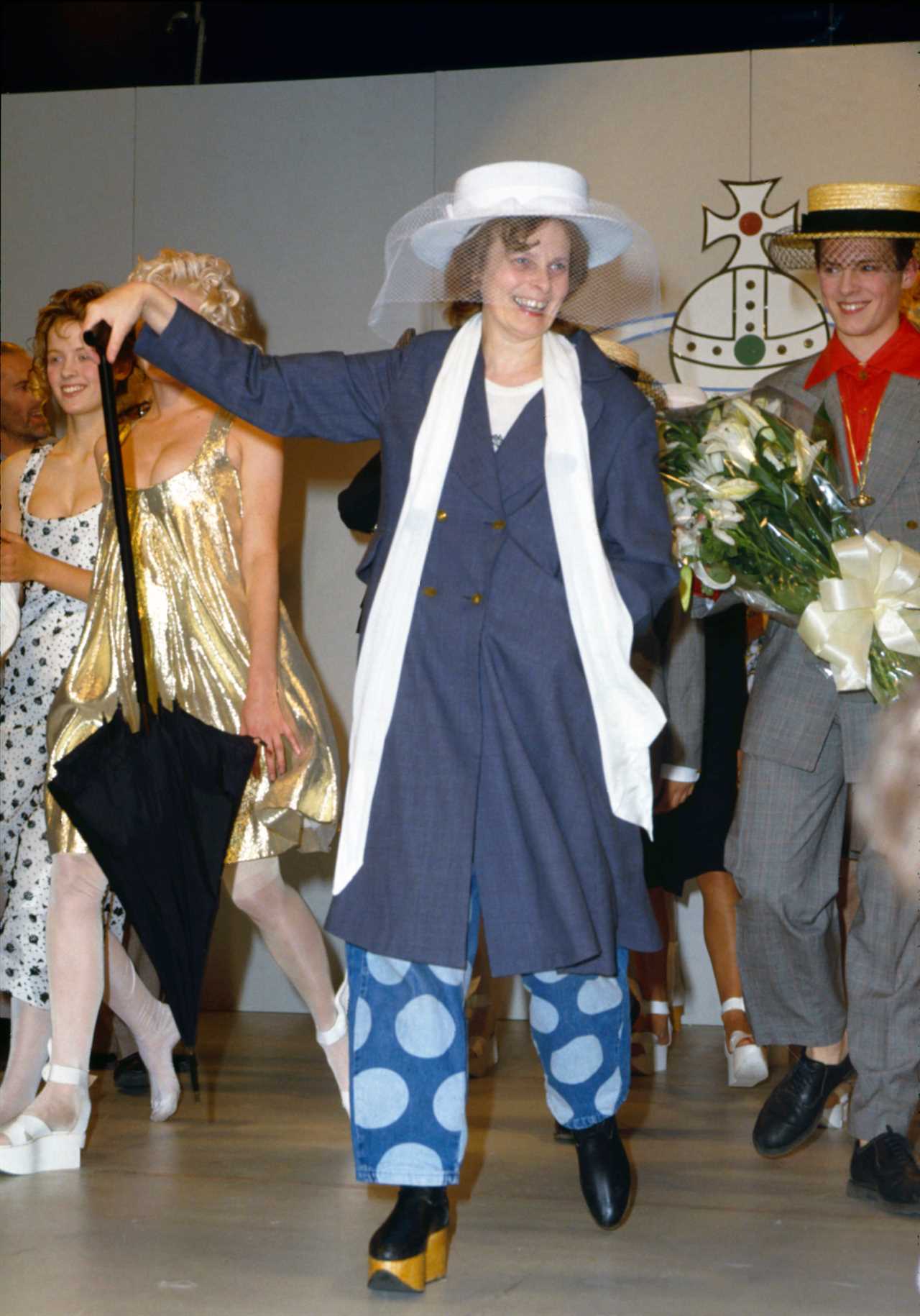
The Rise of Victoria Beckham
In the 2000s, London Fashion Week witnessed the transition of Victoria Beckham from a Spice Girl to a couture designer. She made her catwalk debut in 2000 and went on to become an ambassador for Dolce & Gabbana. The era also saw singer Bjork making headlines with her swan dress and controversies surrounding body image and size-zero models. But it also celebrated the growth of plus-size modeling and the fusion of pop and fashion with Prince's performance during a Matthew Williamson show.
The Celebrity Circus
In the 2010s and 2020s, London Fashion Week became more of a celebrity circus than ever before. It saw the debut of Cara Delevingne, who was discovered by Burberry's Christopher Bailey. The event faced controversies, including provocative shows and protests by animal rights and environmental groups. However, it also gained royal approval when the late Queen and Prince Charles attended shows. Today, London Fashion Week attracts Instagram-loving stars like Kim Kardashian and Heidi Klum, making it a must-attend event in the fashion calendar.
London Fashion Week has come a long way since its humble beginnings. From its influence on British culture to its wild secrets and controversies, it has remained a trailblazer in the fashion world. As it celebrates its 40th birthday, we can expect more glitz, glamour, and surprises to come.
Did you miss our previous article...
https://thecelebreport.com/royalty/the-real-reason-why-meghan-markle-didnt-appear-on-iconic-vogue-legends-cover-revealed

